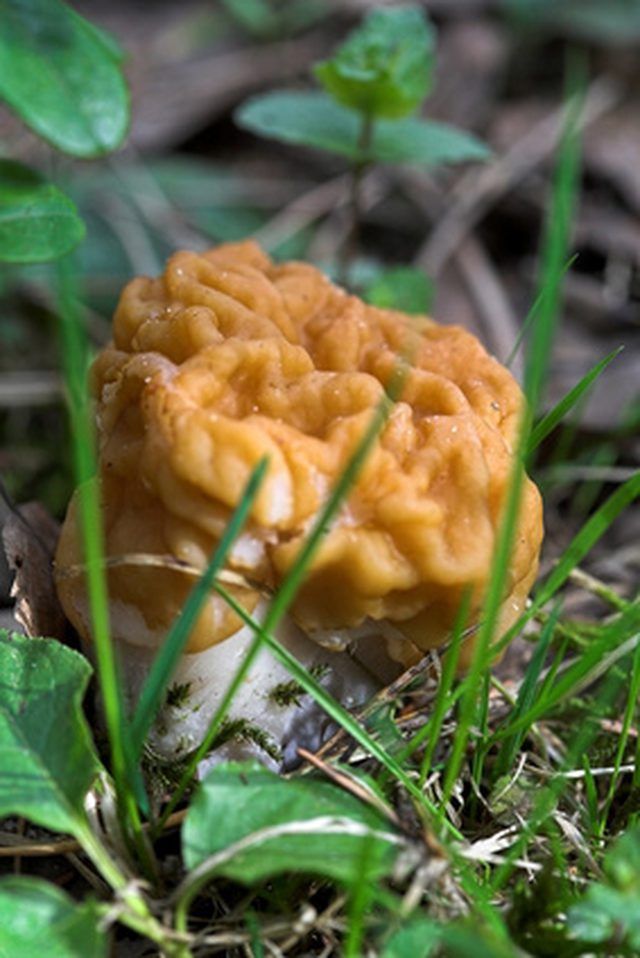Bulbs
Flower Basics
Flower Beds & Specialty Gardens
Flower Garden
Garden Furniture
Garden Gnomes
Garden Seeds
Garden Sheds
Garden Statues
Garden Tools & Supplies
Gardening Basics
Green & Organic
Groundcovers & Vines
Growing Annuals
Growing Basil
Growing Beans
Growing Berries
Growing Blueberries
Growing Cactus
Growing Corn
Growing Cotton
Growing Edibles
Growing Flowers
Growing Garlic
Growing Grapes
Growing Grass
Growing Herbs
Growing Jasmine
Growing Mint
Growing Mushrooms
Orchids
Growing Peanuts
Growing Perennials
Growing Plants
Growing Rosemary
Growing Roses
Growing Strawberries
Growing Sunflowers
Growing Thyme
Growing Tomatoes
Growing Tulips
Growing Vegetables
Herb Basics
Herb Garden
Indoor Growing
Landscaping Basics
Landscaping Patios
Landscaping Plants
Landscaping Shrubs
Landscaping Trees
Landscaping Walks & Pathways
Lawn Basics
Lawn Maintenance
Lawn Mowers
Lawn Ornaments
Lawn Planting
Lawn Tools
Outdoor Growing
Overall Landscape Planning
Pests, Weeds & Problems
Plant Basics
Rock Garden
Rose Garden
Shrubs
Soil
Specialty Gardens
Trees
Vegetable Garden
Yard Maintenance
Elm Trees & Mushrooms
Elm Trees & Mushrooms. When mushroom hunting, one of the most commonly used tools is tree identification. Many mushroom hunters have identified the elm as the signifying tree for finding morel mushrooms. The elm must be dead or dying to produce morels and can produce mushrooms for several years after its death. Elms are identified by their...

When mushroom hunting, one of the most commonly used tools is tree identification. Many mushroom hunters have identified the elm as the signifying tree for finding morel mushrooms. The elm must be dead or dying to produce morels and can produce mushrooms for several years after its death. Elms are identified by their silhouette, root system, leaves and bark.
Varieties
Elms originated over 40 million years in Central Asia. There are 10 main varieties: the American elm, rock elm, slippery elm, Scotch elm, Camperdown elm, Siberian elm, English elm, Japanese zelkova, winged elm and Chinese or Hokkaido elm. All varieties are considered vascular plants meaning that they function with a system of vertical tubes that carry nutrients and water from the roots to the rest of the tree. There are over 200 varieties of mushrooms with morels being most commonly associated with elms. Morels have four separate varieties: cream or yellow, black, grey, and spiked.
Features
Elm trees have oval shaped leaves with a pointed tip and saw-toothed edges. Leaves also feature an uneven base which is a common feature in elms. They have an umbrella-like silhouette created by branches that droop down at the tips. The root system features many roots sticking out above the surface. An elm's bark is grayish brown or ash-gray. Mushrooms commonly feature a cap with gills on the underside and a stem of varying lengths. Caps can be large and bulbous, smooth, ridged or flat. Morels resemble a sponge with their conical and cavernous cap.
Care
Elm trees require fertilizer once or twice a year. In order to be effective, fertilizer needs to be administered from beneath grass roots and special formatted for elm trees. Regular removal of dead and diseased branches promotes growth, improves the tree's appearance and decreases the chance of disease. To water an elm, soak the soil around the outermost portion of the branches to reach the roots and allow the soil to dry between soakings. Mushrooms require constant monitoring of spores, growth, light and moisture when cultivated outside of the wild. Depending on the type of mushroom, cultivation may need to start in a lab and requires much experience.
Environment
The elm is most commonly found in the eastern portion of the United States and tolerates temperatures from 0 to 105 degrees Fahrenheit. The elm prefers rich, well drained soils but will grow in many soil types ranging from well-drained sands to poorly drained clays. The tree mostly grows on flats and bottom lands and doesn't commonly grow above 2,000 feet. The elm tolerates a range of moisture from 15 inches per year to 60 inches per year. Mushrooms prefer a moist, dark environment, usually surrounding decaying, diseased or dead vegetation. Morels are commonly found near ash, elm or apple trees.
Uses
Elm wood is difficult to split which makes it ideal for things that take a lot stress or require bending such as hockey sticks. Harwood floors, furniture, construction and mining timers also rank among the elm's primary uses. The elm also serves as an identifier for locating morel mushrooms. Higher concentrations of morels are known to grow near or around a dead or dying elm than any other tree or vegetation. Other mushroom varieties are commonly used in cooking. Some also have psychodelic and medicinal properties.